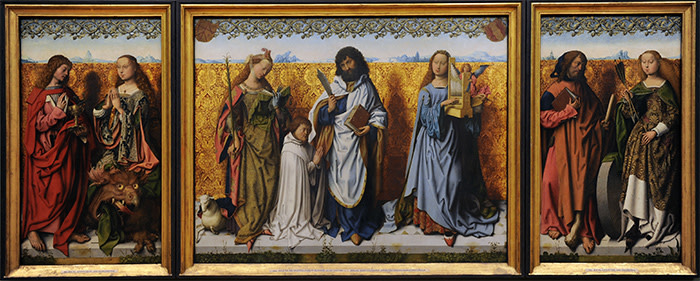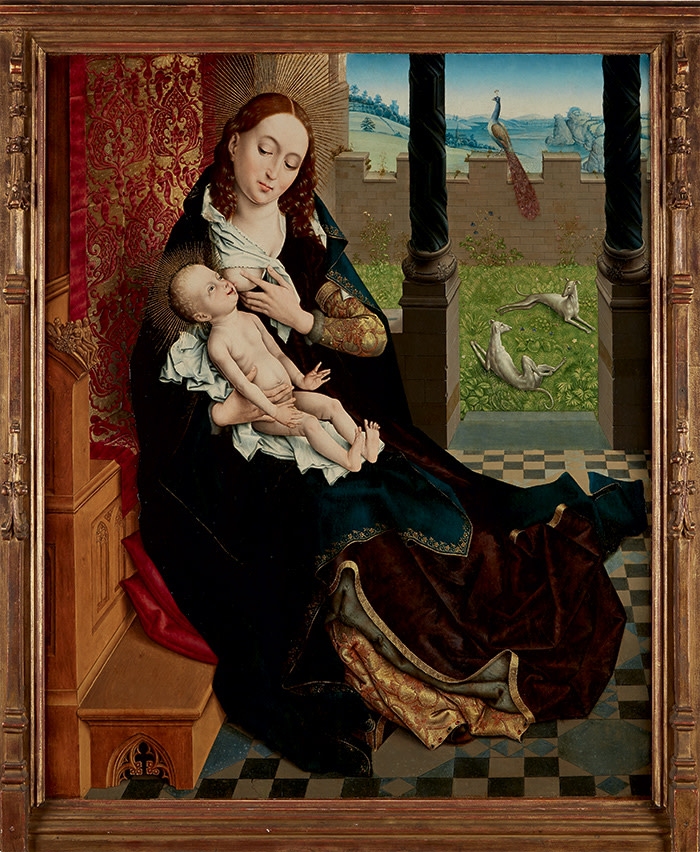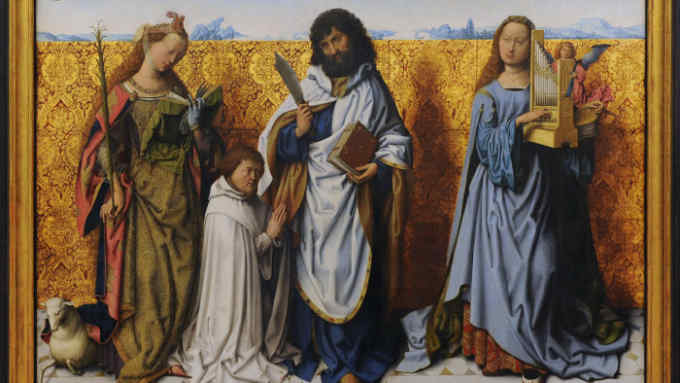The known unknowns: why some Old Masters remain anonymous

Roula Khalaf, Editor of the FT, selects her favourite stories in this weekly newsletter.
What’s in a name? These days, almost everything. Name-based celebrity culture rules so many aspects of our public life; our private lives too, as social media shows. Brand awareness has never been higher: five-year-olds can identify a brand of trainers at 50 yards.
In the art world, names matter almost beyond anything else. Artists’ names, gallery names, collectors’ names: I’ve even seen it excitedly reported of a work at an art fair that “Leonardo DiCaprio was seen looking at it”. (And that was all we learned about the piece.) Recently it was announced that a painting discovered in a French attic is coming to market with a staggering estimate of €100m — since it is “almost certainly”, as one expert put it, by Caravaggio.
Much more quietly, something else caught my eye last week. Freeman’s of Philadelphia, apparently America’s oldest auction house, scooped a whopping $2.47m for a 15th-century Madonna — by an unknown artist. Or rather, a known artist, but one without a name. He, or she, or they, are called by the “Notname” of the Master of the Embroidered Foliage, a moniker that refers to a distinctive way of painting leaves, like stitches in embroidery. (And which makes me wonder if the Master could have been a woman.)
In fact the Foliage Master is reckoned to have been a group of painters, active in Brussels or Bruges between 1480 and 1510. Their Madonnas’ poses are similar — perhaps even templated — but the gorgeous background detail of flowers and plants, dogs and peacocks, makes the works so distinctive.
Yet we have no idea who the painter, or painters, were. There are scores, perhaps hundreds, of such Notname Master artists. Despite expert research and the whole arsenal of modern forensics, their identities elude us. Their nicknames are drawn from a place, a stylistic feature or a single work, often an altarpiece or a Book of Hours — but there’s also, more unusually, the Master of the City of Ladies, whose exquisite allegorical illustration showing well-dressed women building a wall was made for a book by the medieval writer Christine de Pizan.

The quality of the Masters’ works can be astounding, and their paintings hang in the world’s great museums, as well as in the churches for which they were made. My own favourite is the Master of the Saint Bartholomew Altarpiece, whose stunning works can be seen in Munich’s Alte Pinakothek, the Louvre, the National Galleries of both Washington DC and London (where there are four) and other great museums. With his searing colours — russets and sea greens, oranges and olives, whites and golds — and his “Gothic” style that still throbs with a subtle, detailed humanity, he’s so distinctive that scholars have confidently identified more than 25 works, made across a 35-year career. But we still don’t know who he was.
Almost all the anonymous Masters are from Northern Europe. In Italy it was quite a different story. Partly thanks to Vasari’s Lives of the Artists, published in 1550 and several times updated, we know an awful lot about the Italians: not just facts (which Vasari often got wrong) but anecdotes, gossip, physical quirks and more. We know about their practical jokes, the price of the eggs in the tempera they used. We know Michelangelo slept with his boots on; we know about Titian’s taxes. We might not know or care less about the art of Buonamico Buffalmacco but Vasari will tell us when and why he stole a pig.
So in the Renaissance and even earlier a strong sense of identity, perhaps even a form of celebrity culture, flourished among Italy’s artists. We also know about the complicated politics of their world: about money and patronage, reputation building, officialdom. And plenty of vicious backbiting, too: it all seems very familiar, very modern.
Most importantly of all, the Italians signed their pictures. With very few exceptions, the northern artists didn’t. The great Jan Van Eyck was almost the only 15th-century Netherlandish painter to sign his work, often with a pun on his name, “ALS IK KAN” (As I (Eyck) can). Not only were there no signatures from the other northerners but — and this speaks volumes about the status of artists there at the time — even collectors who kept elaborate inventories of their pictures seemed to have little interest in the artists’ actual names.
Without those names and signatures, facts are near-impossible to establish. Even for some now-revered artists such as Rogier van der Weyden, only a complicated process of sleuthing, forensics, connoisseurship and sheer guesswork over the course of years has arrived at a proper identification.
A Notname is quite different from a pseudonym. Today’s few pseudonymous cultural figures — Banksy, Elena Ferrante — have deliberately sculpted an alt-identity that’s as much a brand as any. Of course, a Notname can achieve “name” status too. But at least those shadowy anonymous figures we strain to see through the veil of time can be sure that, if we value their work or it sells for a lot of money, it’s because of its quality. Nothing else.
Follow @FTLifeArts on Twitter to find out about our latest stories first. Subscribe to FT Life on YouTube for the latest FT Weekend videos

Comments